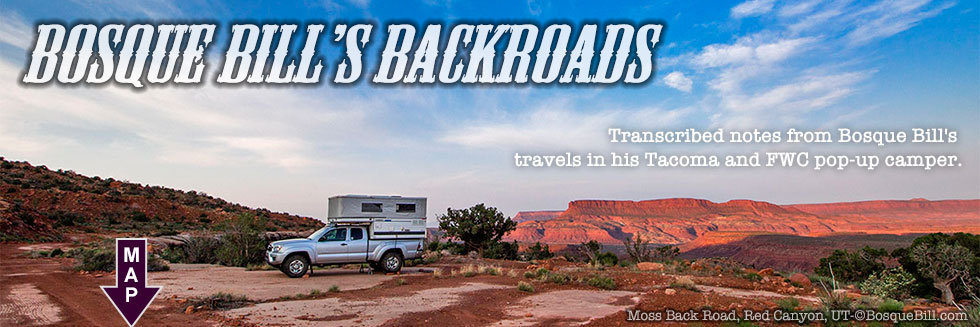Ladd S. Gordon Waterfowl Complex, State of New Mexico
January 1, 2025
As I write this prolog in June it has been a year since I've been able to get out camping with my pop-up camper. The discomfort in my back that I'd been feeling for several months finally chased me to the doctor before the end of summer and I spent months trying to get referrals to the appropriate specialists. Finally I was able to get into the physical medicine clinic in February, but more delay before I could see the pain doc in April. Anyone who has been in a similar position understands how long it takes to be seen, then there are the waits for insurance pre-authorizations. Several diagnostic tests later I'm scheduled for two treatment procedures next month, though not all areas of pain have yet been fully diagnosed. I'm hoping the treatments will work and I'll be able to resume camping by the fall.
Update: Here it is mid-August and it doesn't look like I will be able to get out this season after all. Here's hoping for a good spring. Thanks for your patience.
Anyway, I was able to get out for a day trip with my friend Linda on New Year's Day. We first went to Bosque del Apache National Wildlife Refuge south of Socorro, but that was a big disappointment. No corn or other avian forage had been planted the past year, so there were almost no cranes or geese. The waterfowl, usually seen in great numbers, were scarce, too. So after several years of decline I have a to report this national wildlife refuge is no longer worth the trip, especially for those folks coming from out of state.
On the other hand, the State of New Mexico continues to improve the waterfowl refuge near Bernardo, New Mexico. Invasive plants have been cut back, a new pool for the cranes constructed and filled. All the fields were sown with corn and the farmer was actively managing the crops exclusively for the Sandhill Cranes and Snow Geese. I've included a few photos below.
 |
A flock of Snow Geese with a few cranes behind.
|
 |
| Two Snow Geese flying by. |
 |
Flock of Sandhill Cranes in the corn.
(Don't know why Google displays this so dark here; looks fine when you click on it.) |
 |
| A smaller group of cranes in freshly cut cane. |
 |
| Sandhill Crane over head. |
 |
| Two cranes fly by. |
 |
| A young Sandhill Crane come in for landing. |
Thanks for stopping by. I hope to have more posts before too awfully long.







